23+ Plantar Juvenile Dermatosis
Plantar dermatoses PD are common occurring either spontaneously on healthy skin or developing secondarily from previously established foot disease. JPD is frequently seen in children with.
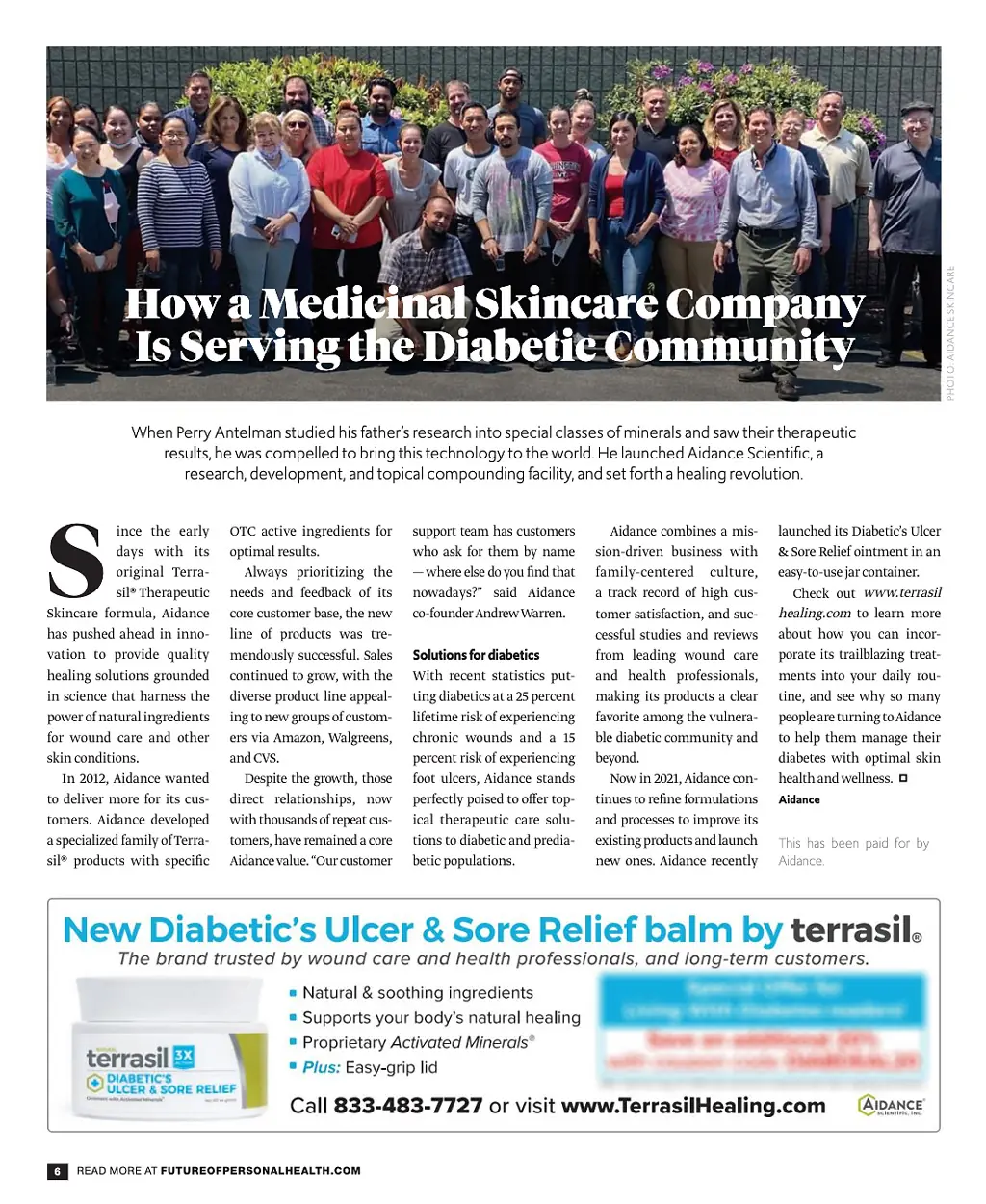
Juvenile Plantar Dermatosis
Sixty-four patients 29 boys with an age range of 2-25 years were studied.
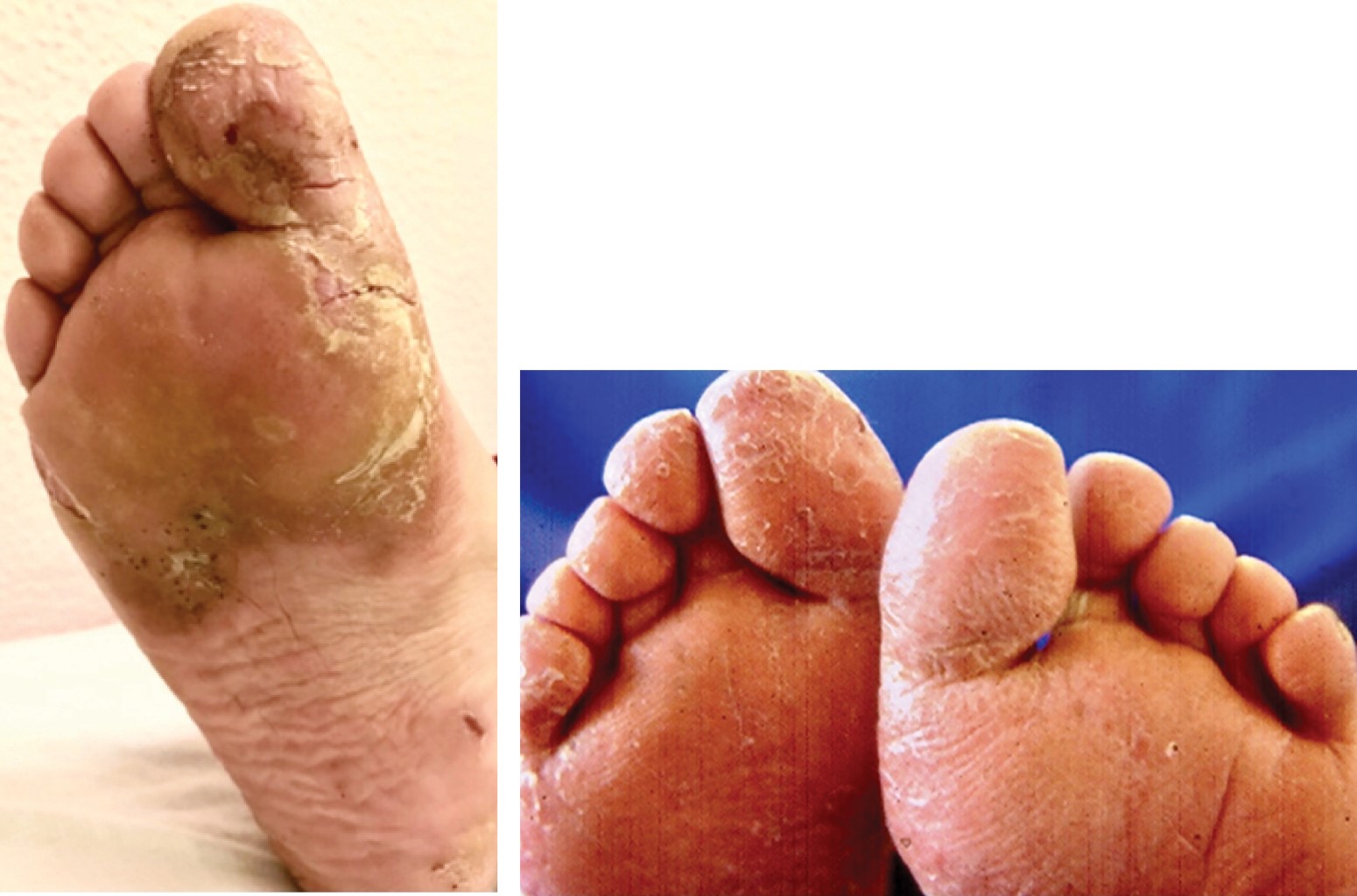
. Juvenile plantar dermatosis also known as sweaty sock syndrome is a dermatitis thought to be the result of friction applied by footwear and excessive sw. JPD is self-limiting and usually resolves by 12-16 years of age. Web Juvenile plantar dermatosis JPD also known as wet and dry foot syndrome is a skin disorder of the feet that commonly affects children from ages 314.
She had fissures and involvement of the entire soles of the feet especially the weight-bearing areas. Web plantar pads of the forefeet. Juvenile plantar dermatosis JPD also known as wet and dry foot syndrome is a skin disorder of the feet that commonly affects children from ages 3 to 14.
Web Juvenile plantar dermatosis JPD is a chronic condition affecting children and young adolescents and characterized by symmetrical shiny erythema superficial desquamation and fissuring of the weightbearing surfaces of the feet. Web Juvenile plantar dermatosis is a distinctive symmetrical fissuring dermatosis that affects the weight-bearing surfaces of the forefeet in prepubertal children. Web Juvenile plantar dermatosis JPD is a skin disease found mainly in children between the ages of 3 and 14 years old.
Web Buy This Chapter. This review offers practical advice for diagnosing and treating the most common PD in the primary care office. It consists of chronic symmetric scaly erythema redness or rash with cracking and fissuring on the toes and soles of feet.
Fissuring may become quite extensive and can cause considerable discomfort. Web Juvenile Plantar Dermatosis. Redness shiny hyperkeratosis lamellar scaling and painful fissure formation in weight-bearing parts of the soles and toes.
Web Juvenile plantar dermatosis JPD is a chronic condition affecting children and young adolescents and characterized by symmetrical shiny erythema superficial desquamation and fissuring of the weightbearing surfaces of the feet. Web Billings Mont The Dermclinic case of a boy with JPD Figure interested me because I have a friend who had an adult version of this condition for years. Courtesy of Richard Haber MD FRCPC Division of Dermatology University of Calgary Calgary Alberta Canada Expected results of diagnostic studies.
The lateral edges and plantar pads of the little toes. Web Slightly inflammatory laminar redness may also be completely absent with uniform broken fine-lamellar scaling not removable or strippable especially in the plantar andor palmar parts of individual or all toes and the sole parts of the forefoot analogous description on the hands. Juvenile plantar dermatosis is a condition usually seen in children between the ages of 3 and 14 and involves the cracking and peeling of weight bearing areas of the soles of the feet.
External factors having a role in the development of the disease include. Moisture friction and the transition from wet to dry probably play a role in its development but the exact. PD share similar symptoms and morphology making them challenging to differentiate.
Web Juvenile plantar dermatosis is thought to be caused by repeated maceration followed by drying inducing impairment of the superficial epidermis. The condition occurs primarily but not exclusively in children who have atopic dermatitis eczema asthma or hay fever. Juvenile plantar dermatoses present as desquamation arising at the base of the great toe with pink-red patches that have a glossy or glazed appearance.
J Am Board Fam Med 202235435442. Web pedis psoriasis contact dermatitis dyshidrotic dermatitis or recurrent vesicular palmoplantar derma-titis and juvenile plantar dermatosis. Flares are episodic and last 1-2 weeks.
Web Juvenile plantar dermatosis JPD is characterised by symmetric shiny erythema along with superficial desquamation and fissuring of the weight-bearing surfaces of the feet that affects children and young adolescents with a recurring course. Web Juvenile plantar dermatosis JPD is characterized by symmetric shiny erythema along with superficial desquamation and fissuring of the weight-bearing surfaces of the feet that affects children and young adolescents with a recurring course. Web Juvenile plantar dermatosis.
Web Juvenile plantar dermatosis involves the weight-bearing areas of the soles of the feet presenting as itchy or sore shiny red skin with a glazed appearance and loss of the epidermal ridge pattern. The thin skin of the interdigital areas and arches is not involved. Sometimes the hands also seem to be affected.
Web Juvenile palmar-plantar dermatosis also known as sweaty-sock syndrome is a disorder commonly seen in toddlers and school-age children. What causes Juvenile Plantar Dermatosis. JPD is frequently seen in children with eczema but it is not a requirement for diagnosis.
Mechanical trauma occlusive footwear shoes and socks and perhaps the seasons of the year. The medial edges plantar pads and tips of the great toes. Web Juvenile Plantar Dermatosis is a skin condition where there is cracking and peeling of the weight- bearing areas of the soles.
Shiny glazed erythematous patches with fissures and desquamation on the forefoot and heels. Web Publication Date. Hyperkeratosis and fissures will form over the weight-bearing regions.
Web Juvenile Plantar Dermatosis. Additionally contact dermatitis has been reported in many of these patients 41 of patients with juvenile plantar dermatosis in one cohort. None has fungal disease or relevant contact allergy.
Web Juvenile plantar dermatosis JPD is the most common form of foot dermatitis in children in Singapore. Most patients are hyperhidrotic and some are atopic. Web Juvenile plantar dermatosis seems to be a new skin disease found mainly in children between 3 and 14 years old.
A personal history of atopy is common. And occasionally the edges of the heel pads. The main symptoms are.
1 One of the earliest descriptions was made by British dermatologist Darrell Wilkinson. A personal history of atopy is common. It usually affects both feet symmetrically.
The tips of the other toes. Painful fissures cracking and scaling occur.

13 Juvenile Plantar Dermatosis Lateral Aspect 10 Year Old Boy Download Scientific Diagram
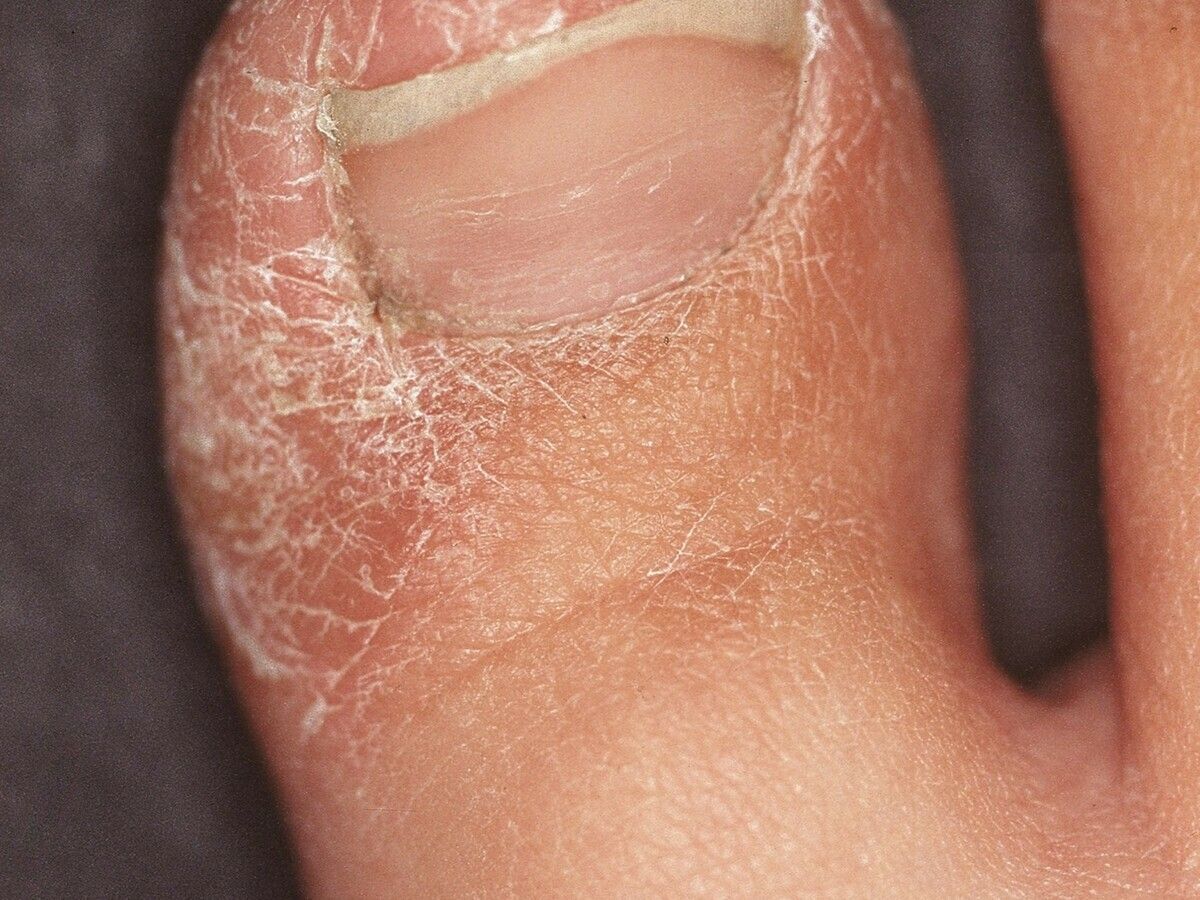
Atopic Juvenile Plantar Dermatosis Altmeyers Encyclopedia Department Dermatology
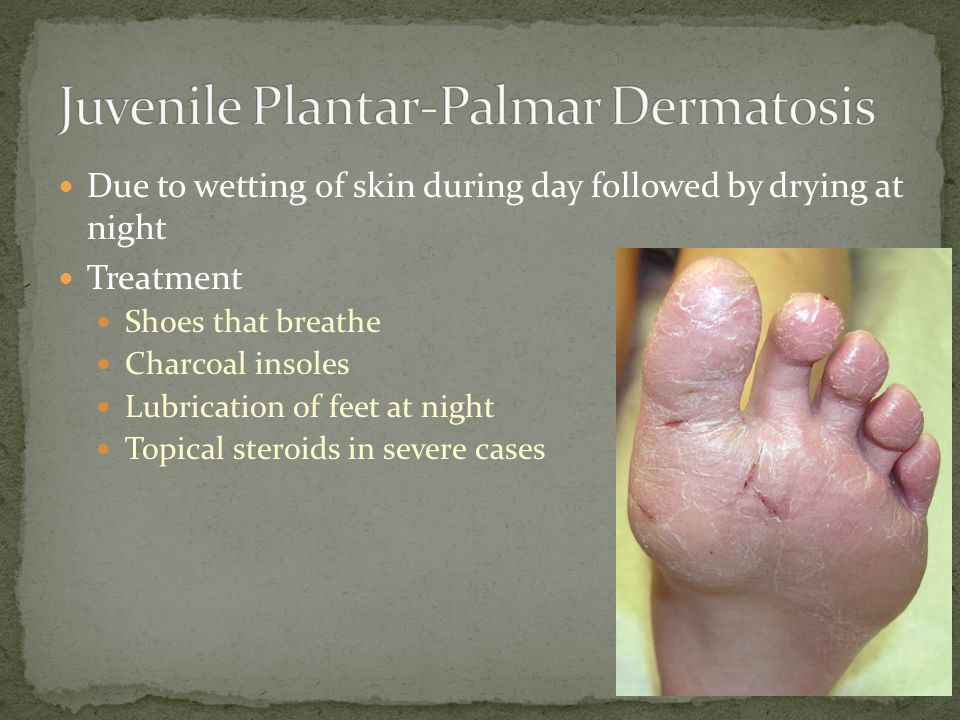
Irritant Dermatitides Ppt Video Online Download

Juvenile Plantar Dermatosis Images Dermnet
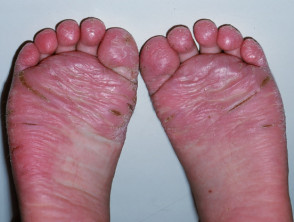
Juvenile Plantar Dermatosis Images Dermnet
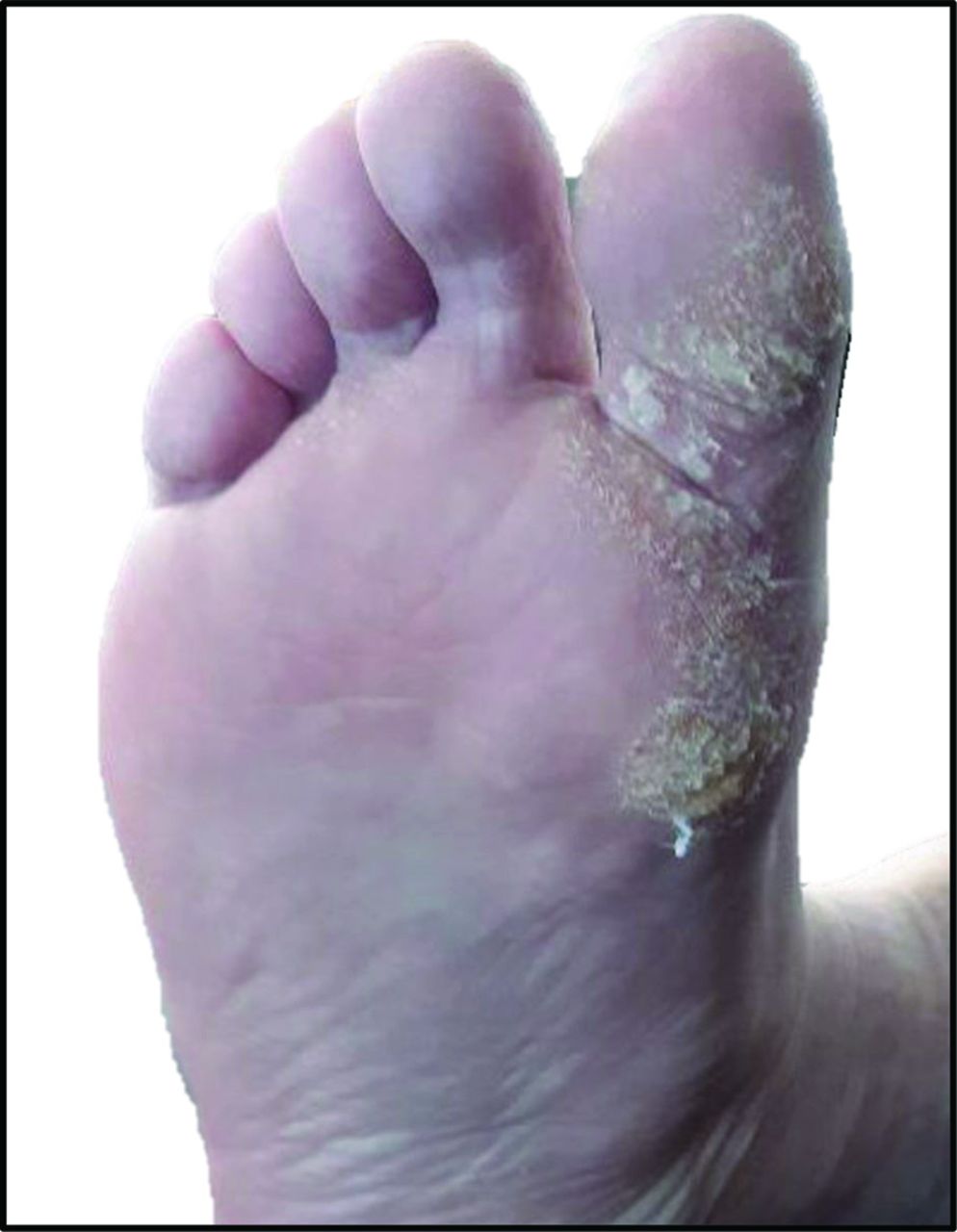
Diagnosis And Management Of Plantar Dermatoses American Board Of Family Medicine
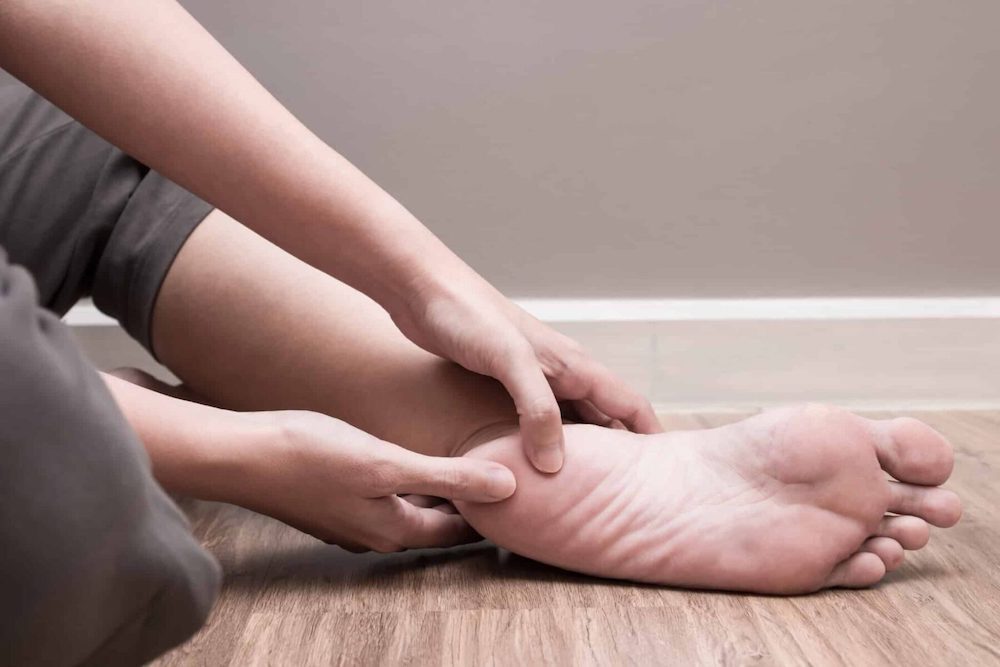
Understanding Plantar Fasciitis Symptoms And Treatment Feet First Clinic

Preventing And Treating Plantar Warts Advanced Feet Ankle Care

Palmar And Plantar Psoriasis Diagnosis Treatment And More

Why Are This Man S Feet So Sore C D

Juvenile Plantar Dermatosis
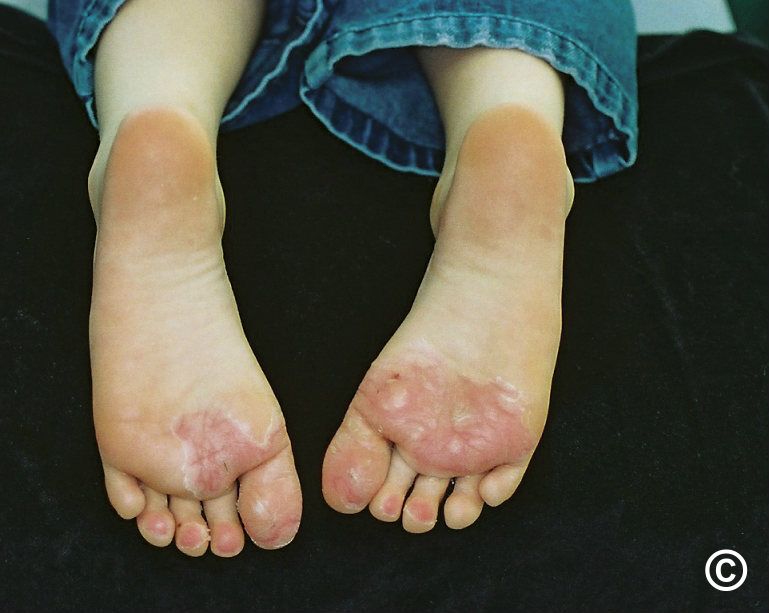
Juvenile Plantar Dermatosis

Pdf Juvenile Plantar Dermatosis A Clinicopathologic Study Semantic Scholar
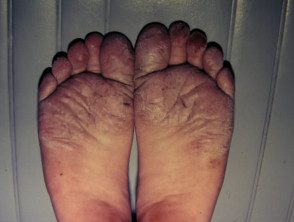
Images Of Juvenile Plantar Dermatosis Hoogstra Centros Medicos
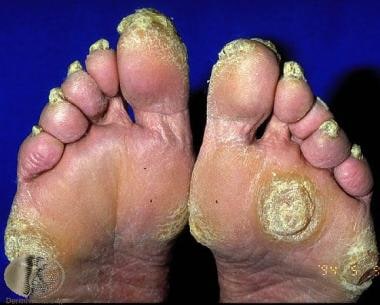
Keratosis Palmaris Et Plantaris Overview Diffuse Hereditary Ppk Focal And Striate Hereditary Ppk

Plantar Fasciitis Treatment And Pain Relief In London 23md

Hand And Foot Dermatitis Dermatologic Disorders Msd Manual Professional Edition